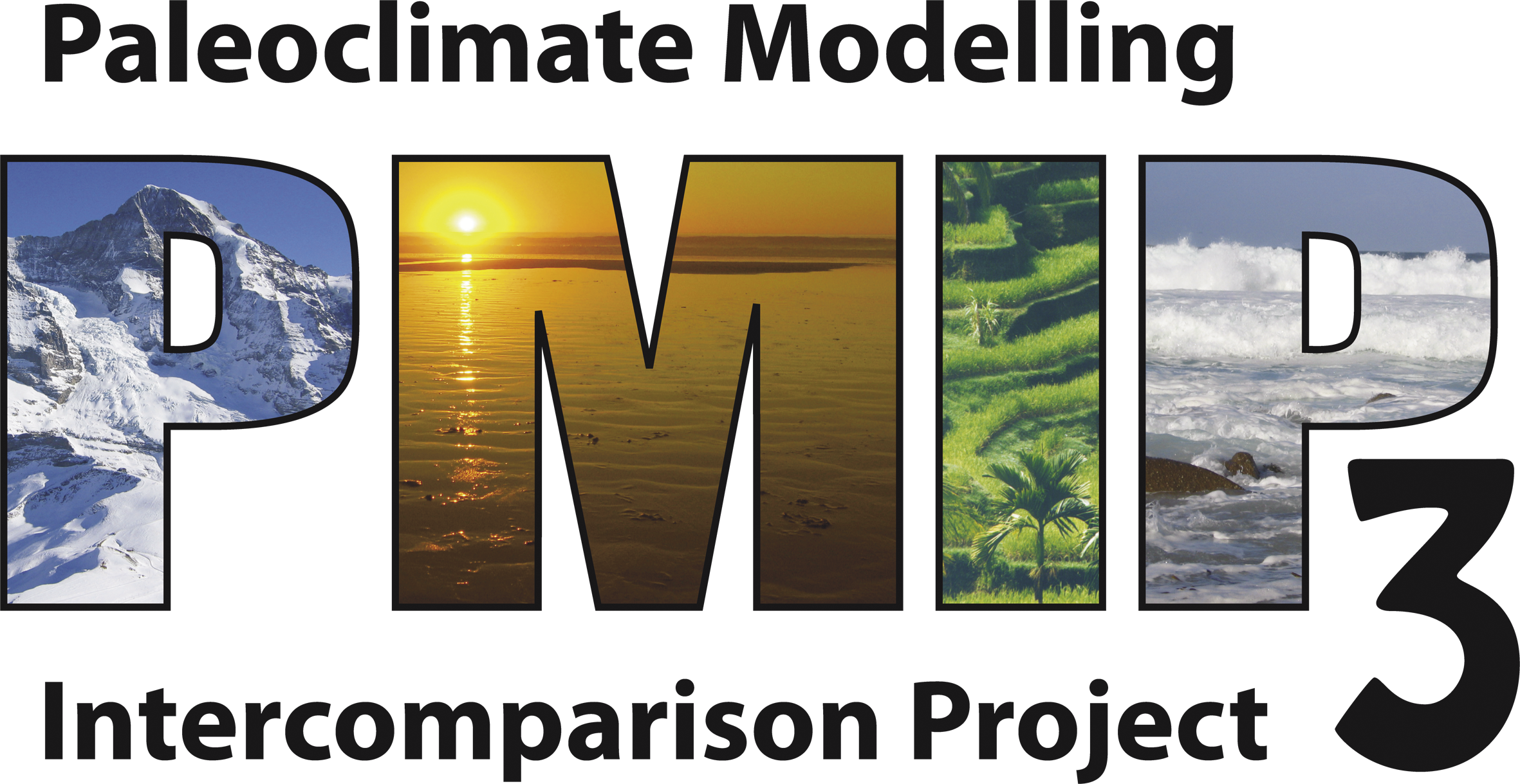- Home
- Publications
- PAGES Magazine
- Tropical Climate Variability With a Focus On Last Millennium, Mid-Holocene and Last Glacial Maximum
Tropical Climate Variability with a focus on Last Millennium, Mid-Holocene and Last Glacial Maximum
Pascale Braconnot, S.P. Harrison, S. Tudhope and C. Michaut
PAGES news
20(1)
51-52
2012
 |
Pascale Braconnot1, S.P. Harrison2, S. Tudhope3 and C. Michaut4
1Laboratoire des Sciences du Climat et de l’environnement, CEA-CNRS, Gif-Sur-Yvette, France; pascale.braconnot lsce.ipsl.fr
lsce.ipsl.fr
2School of Biological Sciences, Macquarie University, North Ryde, Australia
3Department of Geology and Geophysics, University of Edinburgh, UK
4Institut Pierre Simon Laplace, UVSQ, France
PMIP3 Workshop, Villefranche-sur-Mer, France, 21-23 September 2011
Twenty scientists assembled at Villefranche-sur-Mer, southern France to foster analyses of past climate variability from model and observations. They included scientists representing a diversity of high-resolution climate archives and climate modelers focusing on the analysis of short-term variability in paleoclimate simulations. The Observatory of Haute Provence served as the workshop venue thanks to support from the staff of that institute. The charming location, perfect Mediterranean weather, excellent food, and enthusiasm of the participants all contributed to make this a stimulating and productive workshop. WCRP, PAGES, INQUA/PALCOMM and IPSL supported this meeting.
The El-Niño/Southern Oscillation (ENSO) is the major mode of climate variability in tropical regions. ENSO monitoring, understanding, and prediction have received a lot of attention in recent decades because it strongly affects the economy of tropical regions and beyond (McPhaden et al. 2006). However, there remain major uncertainties regarding the fluctuations and future evolution of ENSO. The increasing number of records from natural archives (corals, mollusk shells, varved sediments, speleothems, tree rings, etc.) with annual or sub-annual resolution now available finally enables us to draw a consistent picture of past changes in tropical climate variability. On the modeling side, the Last Millennium, the Mid-Holocene (6 ka) and the Last Glacial Maximum (21 ka) are the three main foci of the CMIP5/PMIP3 project for multi-model ensemble paleoclimate simulations (Taylor et al. 2011). These paleo-simulations are run with the same model version that each modeling group is using for future climate projections in CMIP5. This allows us to test how the simulated variability is affected by changes in the climate background state. However, to evaluate how well these models reproduce observed changes in ENSO variability, it is first necessary to produce a pan-tropical synthesis of past changes in ENSO variability that includes all the possible types of record and a critical evaluation of these records. Furthermore, specific criteria and new methodologies need to be developed to facilitate data-data and data-model comparisons.
In this context, the objectives of this meeting were to determine the best way to produce a “synthetic” product on short-term (interannual to decadal) climate variability in tropical regions and to design analyses of the CMIP5/PMIP3 simulations. On the first day, participants presented the modeling tools, summarized available paleodata and discussed the difficulties inherent in the analysis and interpretation of these records including how to overcome them. Thereafter, two working groups (focusing on the Last Millennium and the mid-Holocene) discussed interpretative issues and determined the best way to include information from different archives within a common framework. The working groups also discussed the analyses of model experiments and observations to characterize variability for each time period. Several plenary sessions allowed discussion of cross-cutting methodological issues.
A plan for a multi-authored publication in a high-profile journal of the current state-of-knowledge about changes in tropical variability based on data analysis, model experiments and data-model comparisons emerged from the working group efforts. The meeting participants produced a draft outline for this paper, including key results and design of the figures.
These three intensive days of meeting are only the beginning. Work will continue in the coming months with the aim of completing the synthesis paper early next year. In addition, several participants agreed to contribute to a PAGES (or PAGES/CLIVAR Intersection) newsletter focused on past ENSO.
references
Full reference list online under: http://pastglobalchanges.org/products/newsletters/ref2012_1.pdf
Braconnot P, Luan Y, Brewer S and Zheng W (2011) Climate Dynamics, doi: 10.1007/s00382-011-1029-x
Cobb KM, Charles CD, Cheng H and Edwards RL (2003) Nature 424: 271-276
